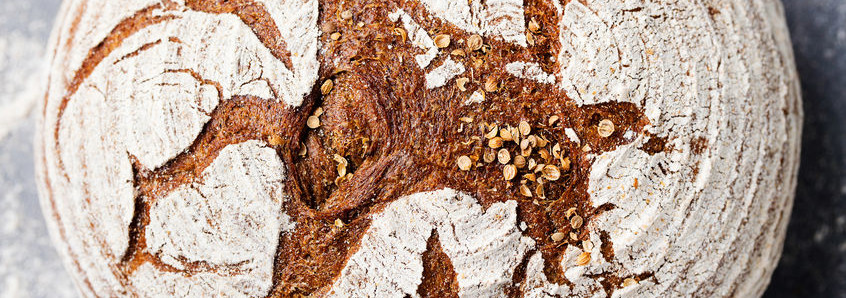
If you’re looking to add a splash of flavor to your breads, especially sourdough, rye flour is a great option. But did you know it bakes differently than wheat flour?
It’s because of the protein!
Rye is high in in gliadin, which is the flowey protein that helps make up gluten. However, there’s no glutenin, the elastic part. This makes it a slack dough. It’s also high in pentosans, which absorb a TON of water.
What are the benefits of rye flour?
A softer, moister texture in the final product and a longer shelf life! Plus all of that delicious flavor! It has a distinct rich, slightly sour taste.
What’s the nutrition with rye flour?
- Protein: 13%
- Carbohydrates: 80%
- Fats: 7%
- Rank on the glycemic Index: 56-69 (intermediate range).
In North America, there are generally two types of of this flour produced:
- White Rye: 80% of total production
- Dark Rye: 20% of total production
In Eastern Europe, the varieties produced are darker in color and coarser. The main difference between each is the amount of bran left in the flour after processing. The more bran left in, the darker the flour. The nutritional content also increases with more bran present, as the bran layer contains the most nutrients. However, the functionality may be slightly hindered as the bran is not ideal for gluten formation. Wheat flours can be added to help improve gluten strength in that case.

